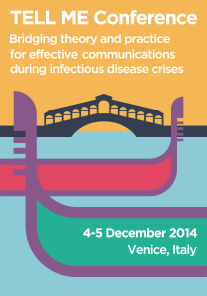New assessment of 2009 swine flu impact
June 26th, 2012 – Knowing the scale of a potential threat is fundamental to elaborate an effective strategy to face it. This is particularly true when dealing with epidemics. In 2009, 18500 laboratory-confirmed deaths associated with influenza A H1N1, also known as “swine flu”, have been reported, but this number is likely to be an underestimate.
To obtain a more precise evaluation of the swine flu lethality, the team led by Dr. Marc-Alain Widdowson and Dr. Fatimah Dawood, from the Centre for Disease Control and Prevention (CDC) in Atlanta, developed a new statistical approach to estimate global mortality associated with the first 12 months of circulation of the virus. The study, published on Lancet, revealed that globally there were 284500 respiratory and cardiovascular deaths associated with 2009 pandemic influenza A H1N1, 51% of which occurred in Africa and southeast Asia. Also, swine flu disproportionately affected young people compared with seasonal influenza epidemics (80% of deaths were in individuals younger than 64 years).
The big difference between the CDC estimate and the previous data about H1N1 mortality is due to the fact that, as explained by Dr. Donato Greco, member of the TellMe consortium, «the previous number was only deaths in virologically confirmed influenza A cases, while the vast majority of flu deaths do not have a laboratory confirmation. The CDC numbers are quite logic, taking in consideration that only in Italy the annual seasonal flu epidemic kills some 8000 individuals. The CDC article reminds how much the flu pandemic was underestimated and affected by a furious criticism against technical and political authorities.»
These results strengthen the conviction, shared by all members of the TellMe consortium, that the development of new and accurate communication strategies is more and more necessary, in order to avoid extreme alarmism but also to not underestimate the dangerousness of possible future pandemic events.


